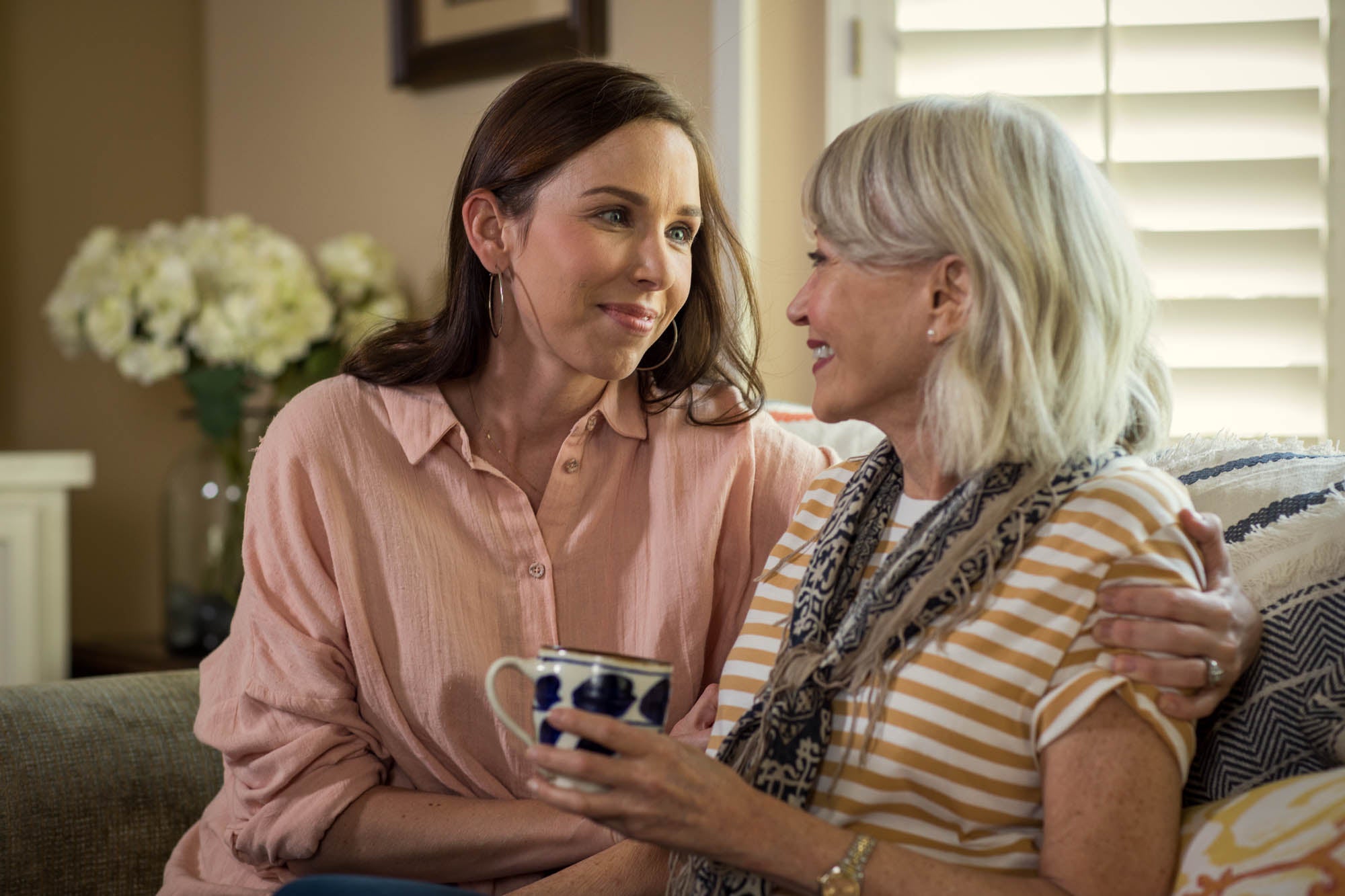One bigtime advantage to my studying Gerontology as a means to develop an “encore” career is that I was able to directly apply what I was learning to my aging self, family, and friends.
Something I learned during my first term is that loneliness has a particularly negative impact on the health of older adults.
Brain health for older adults is preserved and fortified by positive social engagement. Also, exercising our aging brains through reading books or newspapers, doing crossword puzzles, playing chess, or having conversations that are stimulating (this also checks the positive social engagement box). I became interested in how loneliness functions among older adults and what can be done for older adults who are lonely. Loneliness was the topic I chose for an applied research project, a class assignment in my second term.
I read and analyzed two studies for a project, which for me was to figure out how to involve older adults who are lonely in some social activity which they would enjoy and would enable them to be less isolated and, therefore, not further to jeopardize the brain health.
First, a little background: Loneliness has been shown to impact all of us, irrespective of age. One of the articles I read for my assignment was by Louise C. Hawkley and John T. Cacioppo, two psychologists at the University of Chicago. They concluded that loneliness predicts both a higher rate of illness and an earlier death among older adults (they cited many other studies that also confirm this). Loneliness can result in impaired cognitive functions and cognitive decline, loss of ability to perform the activities of daily living (bathing, eating, moving around, bathing), weakening of the immune system, et. al. In other words, loneliness is a killer for older adults.
Given that it can be such a big problem for us, what can we do about it? The second article I read provided a partial answer to the question.
The authors studied a variety of loneliness interventions. The most interesting study I read about involved providing 1/3 of the study’s participants with a real dog, 1/3 with a mechanical dog, and a control group with no pet. Not surprisingly, the participants with dogs-real or robot-showed a significant decrease in loneliness, while the control group did not. Here’s the thing that amazed me-the decrease in loneliness between the group with a real dog and the group with a robot dog was the same, which, having owned real dogs most of my adult life, makes little sense to me. How do you snuggle with a robot?
After completing the research for the assignment, I came up with some ideas which I think could connect lonely adults to something that would lessen their loneliness. I applied what I knew about older adult brain health-specifically that positive social engagement and mental stimulation are crucial to maintaining sharp minds and healthy brains. Here’s a sample of what I came up with:
It’s kind of a given in aging studies that intergenerational contact is beneficial every generation. I read something by the Dali Lama (not my usual reading choice) about the importance of being needed. That’s a basis for older adults to engage with younger people. So, why not tutoring? Perhaps a senior center or senior living facility consciously try to recruit isolated older adults with the patience and skill to tutor high school, middle school, or even elementary school students. Ideally, the students could tutor their tutors. For example, the tutors could be mentored by young people to understand and use social media. It could be the spark the elders needing to become more social and less lonely. Another possibility is that tutors could team teach, bonding with one another while tutoring; or, just by being part of the same program, social relationships could develop between lonely elders and others involved in the program.
If a lonely older adult is a person of faith but doesn’t attend church, maybe because they can’t arrange transportation or as a manifestation of their isolation, a church member could visit and perhaps provide the social connection that will draw the lonely elder into the social engagement that comes with church attendance, maybe through this connection, someone could arrange a ride for the older to attend a church service or activity.
I realize that pet therapy has been around a long, long time.
However, through senior centers or residential facilities, volunteer opportunities could be arranged. For example, I have a friend who volunteers at a horse shelter. He spends time with the horses, abused or neglected, and walks them for a few hours each week (this friend is not lonely, but you get the point).
My favorite idea comes from my love of movies. While viewing a movie is an individual activity, I believe movie viewing can be a valid means to address loneliness if put in the proper context. I have two ideas about how to do a movie group. One, get folks together \ to watch films. The group could meet and talk about the movie they have enjoyed over the years and would want to see again, or movies they missed that would like to see; make a list of the movies and watch them. The second idea is to get a group of older adults-some who are identified as lonely- to go to the movies as a group on whatever day is designated as movie day or movie night. Participants could decide on the movie they want to see, and hopefully, folks can carpool, or a senior center or residence could arrange transportation.
On another afternoon in the week, those who went to the movies together could assemble to discuss the movie and plan their next outing. All of this could be a means for isolated and lonely older adults to engage with other people, and by being part of a group that shares their interest or passion, get their mental stimulation.
I realize these ideas aren’t earthshaking, and I also recognize that it’s a big job to find older people who are lonely and then get them into a social setting. But if senior centers and senior living facilities, or other organizations could start the process, one or several of these ideas could work.
– Edward from McMinnville, Oregon, a FAR customer who is finding purpose in this new stage of his life.

Edward
Edward writes for FAR and is also a customer. He is 73-year-old, born and raised in and around New York City. After college and a little graduate school, he took Horace Greeley’s advice and went west. Edward lived in several cities throughout California and currently resides in Oregon. He practiced law for a few years as part of a law collective doing what they called “people’s law,” but spent most of his career working as an internal organizer for the unions.
When Edward’s career ended with the unions, he was determined to become an advocate for older adults. He enrolled at Portland Community College studying Gerontology. He learned a lot about aging and how it applied to his own life experiences and my own aging process. Much of Edward’s writing is related to what he learned in his Gerontology studies.
* The opinions expressed in this article are those of the authors. They do not necessarily reflect the opinions or views of the Finance of America Reverse (LLC).
This article is intended for general informational and educational purposes only, and should not be construed as financial or tax advice. For more information about whether a reverse mortgage may be right for you, you should consult an independent financial advisor. For tax advice, please consult a tax professional.















I WANT TO KEEP UP TO DATE ON RETIREMENT TRENDS
Follow Us.